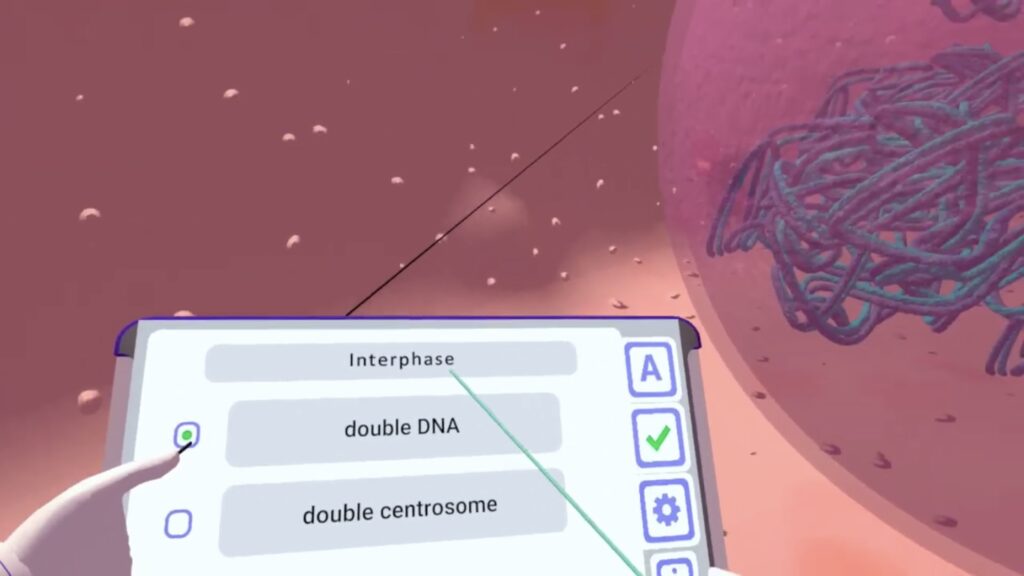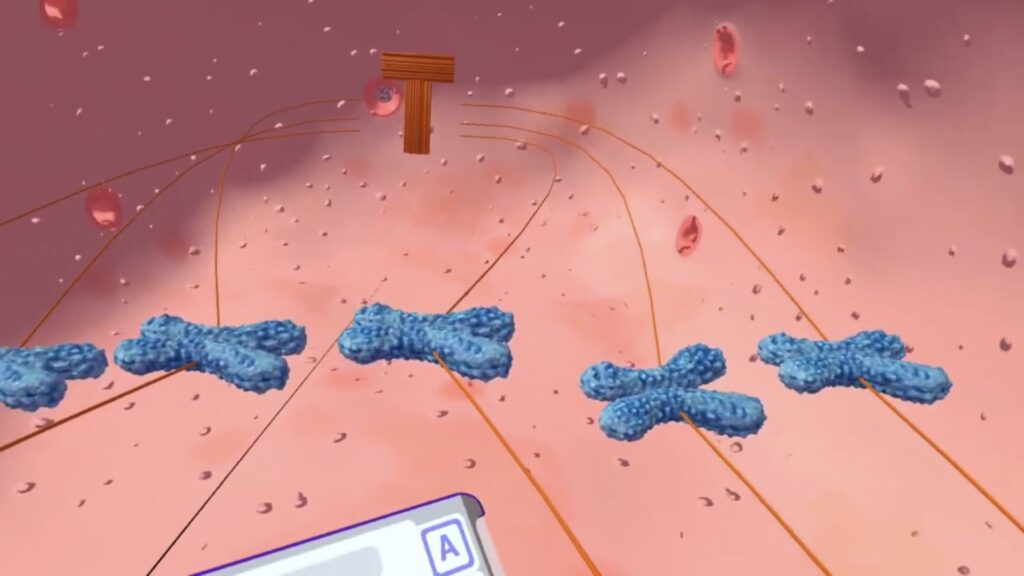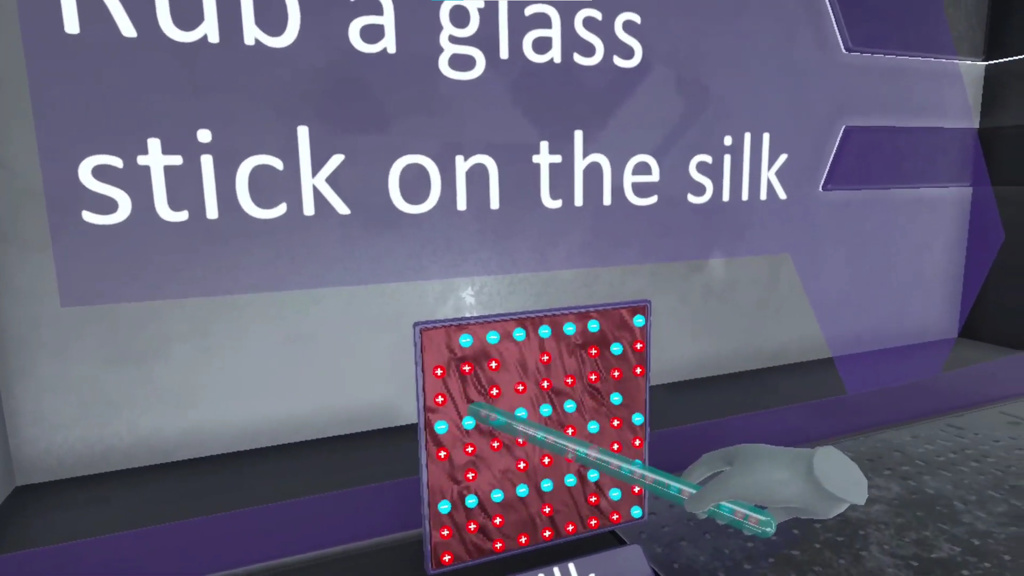

Imagine a classroom where students don’t just read about history—they travel back in time to witness it firsthand. Picture them exploring the depths of the ocean, flying through space, or diving inside a human cell to observe biological processes up close. With virtual reality in education, these experiences are becoming an exciting reality in today’s digital classrooms.
Virtual reality (VR) is transforming education by creating immersive environments that engage students like never before. Instead of passively absorbing information, students become active participants in their learning journey.
History Comes Alive:

With applications like the Anne Frank House VR, students can walk through historical sites, gaining a deeper understanding of past events and the people who lived them. Experiencing history firsthand makes it more relatable and memorable.
Exploring the Sciences:

In science classes, VR allows students to conduct experiments that would be impossible or unsafe in a traditional classroom. Programs like XReady Lab’s Mitosis module let students step inside a cell to witness mitosis, while the Electrification module lets them see the redistribution of charges during electrification, something they won’t see in real life.
Language Immersion:

Learning a new language becomes an adventure with apps like Noun Town Language Learning. Students practice languages in virtual environments, interacting with native speakers and exploring cultural settings, which improves their conversational skills and cultural awareness.
At XReady Lab, we’re dedicated to bringing these immersive experiences to schools. Our VR learning solutions enable educators to transform their classrooms into interactive learning environments. Request your free demo now!
One of the key benefits of virtual reality in the classroom is its ability to increase student engagement through gamification. By incorporating game-like elements and immersive storytelling, VR learning turns education into an interactive adventure. Students are more motivated and enthusiastic when they can actively explore subjects rather than just read about them.
How Gamification Enhances Learning:
By transforming lessons into engaging experiences, virtual reality education taps into students’ natural love for play, making learning enjoyable and effective.
In the realm of STEM education, virtual reality offers unparalleled opportunities to bring complex concepts to life. Traditional teaching methods sometimes struggle to convey abstract ideas in subjects like physics, chemistry, and biology. VR learning makes these concepts tangible and interactive.
XReady Lab’s Innovative Modules:
Mitosis Module:

Students step inside a cell to witness mitosis as it happens. They can manipulate DNA strands, observe chromosome alignment, and understand each phase of cell division in a 3D environment. This immersive experience deepens comprehension and makes the learning memorable. Request your free demo now!
Electrification Module:

Students can see the redistribution of charges when bodies are electrified in different types of ways. The hands-on approach enhances students’ understanding when they see immediate results of their experiments.
Virtual reality learning isn’t limited to science and history; it has the potential to revolutionize education across all subjects, providing immersive experiences that enhance understanding and engagement.
Art and Culture:
Geography and Social Studies:
Mathematics:
Language Arts:
By integrating virtual reality in education, teachers can create interactive classrooms that cater to diverse learning styles and interests. VR provides an immersive way to experience content across the curriculum, making learning more engaging and effective. It breaks down barriers between subjects, showing students the interconnectedness of knowledge.
Introducing VR in schools is becoming increasingly accessible. Affordable VR headsets for education are available, and many programs are designed specifically for classroom use. Teachers can integrate VR into their lessons with minimal training, and students quickly adapt to the technology.
It’s important to choose applications that align with educational goals and standards. Platforms like XReady Lab offer modules that complement existing curricula and are developed with input from educators.
As technology continues to evolve, virtual reality in the classroom will play an increasingly vital role. It offers a dynamic way to engage students, cater to different learning styles, and prepare them for a technology-driven world. By embracing VR, educators can create interactive classrooms that inspire curiosity and a love of learning.
Experience the future of education with XReady Lab‘s VR solutions. Let us help you create an environment where students are excited to learn and explore.
Request your free demo today and discover how virtual reality can revolutionize your teaching.
Frequently Asked
We prodive VR biology, VR physics, and VR chemistry simulations. Please, check our catalog.
Please, fill the form to get demo labs for free.
Please contact our customer support service at support@xreadylab.com or book a call with the team to find out the conditions and book the VR class set up at your school.
Subscription to XReady Lab interactive VR labs. If you are a school, then you are also given access to the VR classroom system. VR class system helps you easily launch VR lessons for a large number of students, follow the experience of each student, as well as customise the content without developers.
We adhere to the world’s generally accepted recommendations and research. Our products are suitable for children from 12 years old.